Home>Interior Design>How Do You Style A Small House? 11 Ploys Interior Designers Use
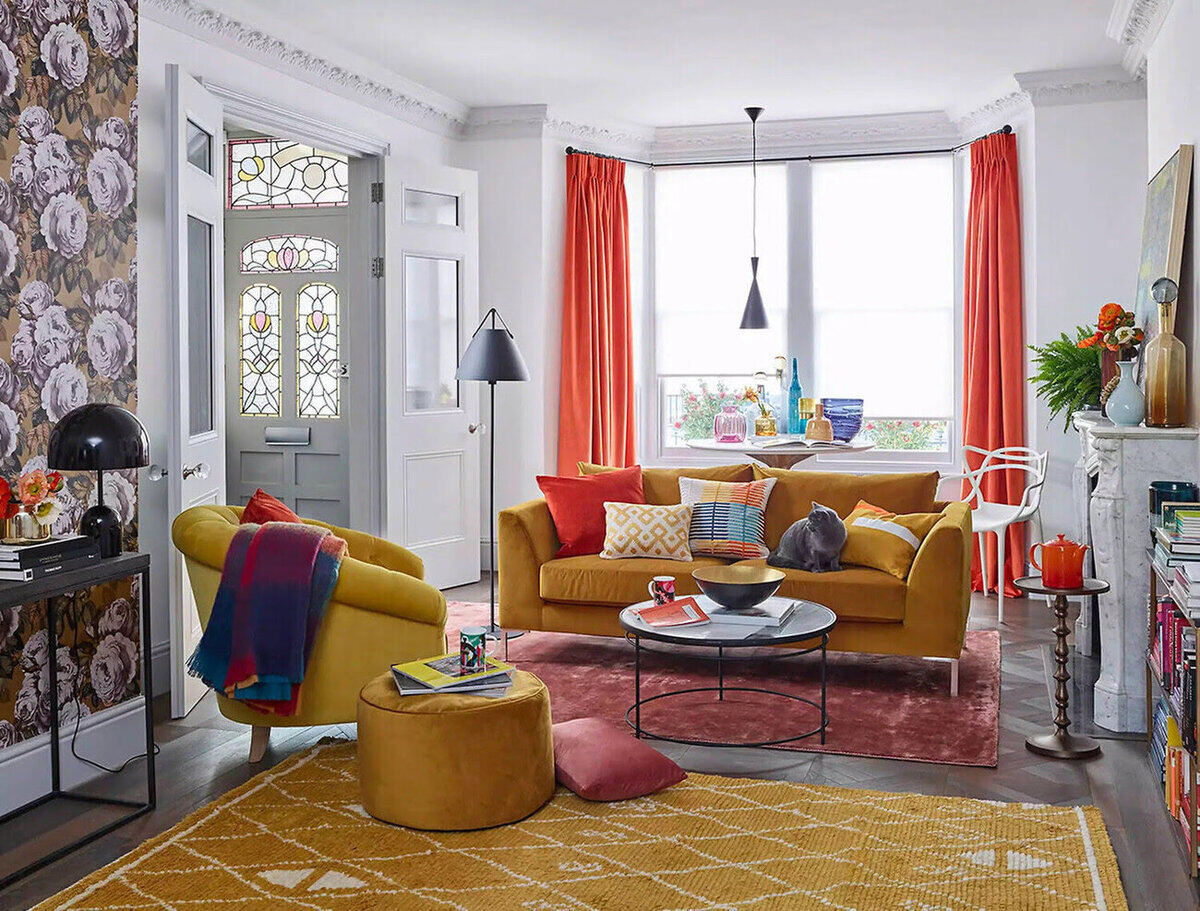

Interior Design
How Do You Style A Small House? 11 Ploys Interior Designers Use
Modified: October 20, 2024
Get expert tips on how interior designers style small houses with 11 clever ploys. Transform your space with these interior design techniques.
(Many of the links in this article redirect to a specific reviewed product. Your purchase of these products through affiliate links helps to generate commission for Storables.com, at no extra cost. Learn more)
Introduction
Styling a small house can be a challenge, but with the right techniques, you can transform even the tiniest space into a stylish and functional oasis. Interior designers are masters at maximizing space and creating the illusion of a larger area. By implementing their expert tips, you can make your small house feel more spacious and inviting.
In this article, we will explore 11 ploys that interior designers use to style small houses. From clever furniture layouts to smart storage solutions, these tips will help you make the most of your space while creating a beautiful and comfortable home.
Key Takeaways:
- Maximize natural light, utilize multifunctional furniture, and incorporate smart storage solutions to transform a small house into a bright, airy, and organized oasis that maximizes space and functionality.
- Create a cozy and inviting atmosphere with textiles, mirrors, and artwork, infusing personal style to make a small house feel spacious, organized, and uniquely yours.
Read more: What Interior Design Style Do I Like
Utilizing Natural Light
The first and most important ploy that interior designers use to style a small house is to maximize the use of natural light. Natural light has the incredible ability to open up a space, making it feel bigger and more welcoming. Here are a few ways you can optimize natural light in your small house:
- Keep windows unobstructed: Make sure to keep your windows clear of any bulky furniture or heavy drapes that may block the sunlight. Opt for sheer curtains or blinds that allow the light to filter through while still providing privacy.
- Use light-colored window treatments: If privacy is a concern, choose light-colored window treatments that won’t absorb or darken the incoming light. Light-colored curtains or blinds will help reflect the sunlight, making the room feel brighter and more spacious.
- Place mirrors strategically: Mirrors are a great tool for bouncing natural light around a room. Hang a large mirror opposite a window to reflect the incoming sunlight and create the illusion of a larger space. Additionally, placing mirrored furniture or accessories near windows can further enhance the reflection of light.
- Opt for light-colored walls: Light-colored walls, such as white or pastel shades, help to reflect light and make a room feel airy and open. Avoid dark or bold colors, as they tend to absorb light and make the space appear smaller.
- Trim outdoor foliage: If your windows are obstructed by trees or shrubs, consider trimming them to allow more natural light into your space. Prune any branches that may be blocking the sunlight, as this can greatly impact the brightness of your small house.
- Install skylights or light tubes: If your small house lacks ample natural light, consider installing skylights or light tubes. These additions allow sunlight to enter from above, illuminating the room and creating a sense of spaciousness.
By making the most of natural light, you can instantly transform your small house into a bright and airy sanctuary. Maximize the sunlight by prioritizing unobstructed windows, using light-colored window treatments, strategically placing mirrors, opting for light-colored walls, trimming outdoor foliage, and considering additional sources of natural light such as skylights or light tubes.
Optimal Furniture Layout
The way you arrange your furniture can have a significant impact on the functionality and visual appeal of your small house. Interior designers employ several techniques to optimize furniture layout in small spaces, creating a sense of openness and flow. Here are some tips for achieving an optimal furniture layout:
- Measure and plan: Before moving any furniture, take accurate measurements of your space. This will help you determine which pieces will fit best and prevent overcrowding. Use graph paper or online tools to create a scaled floor plan, allowing you to experiment with different furniture arrangements.
- Keep traffic flow in mind: Consider how people will move through the room and arrange your furniture accordingly. Ensure there is enough space for easy movement and clear pathways. Avoid placing furniture in front of doors or blocking natural walkways.
- Utilize multipurpose furniture: In a small house, every piece of furniture should serve a purpose. Invest in multifunctional pieces like storage ottomans, sofa beds, or nesting tables. This way, you can maximize functionality without sacrificing valuable square footage.
- Strategically place larger furniture: If you have larger furniture items, such as a sofa or bed, position them against the longest wall in the room. This helps create a sense of openness and prevents the space from feeling cramped.
- Consider floating furniture: If space allows, try floating some furniture pieces away from the walls. This technique creates a more open and spacious feel since it allows for visual breathing space. For example, consider placing a small desk or dining table in the center of a room instead of against a wall.
- Use rugs to define areas: In an open floor plan, use area rugs to visually separate different zones. This helps define specific areas such as the living room, dining area, or workspace. Choose rugs that are proportionate to the space and avoid overwhelming the area with too many patterns or bold designs.
- Opt for furniture with legs: Furniture with exposed legs, such as chairs and sofas, can create a sense of openness as compared to pieces that sit directly on the floor. This allows light to pass underneath, giving the impression of more floor space.
By carefully planning and strategically arranging your furniture, you can optimize the layout of your small house. Consider measuring and planning, keeping traffic flow in mind, utilizing multipurpose furniture, strategically placing larger pieces, floating furniture, using rugs to define areas, and opting for furniture with legs. These tips will help you create a functional and visually appealing space, even in the smallest of houses.
Using Light Colors and Mirrors
When it comes to styling a small house, color and reflection play a significant role in creating the illusion of space. Light colors and mirrors are two powerful tools that interior designers often rely on to make a small space feel larger and more airy. Here’s how you can utilize light colors and mirrors to enhance your small house:
- Opt for light-colored walls: Light-colored walls are key to opening up a small space. Shades such as soft whites, pastels, or light neutrals reflect more light, making the room appear more spacious. Additionally, light-colored walls create a blank canvas that allows other elements in the room to stand out.
- Choose a light-colored flooring: Just like walls, light-colored flooring can make a significant difference in the perception of space. Light hardwood, laminate, or tiles can visually expand the room and create a seamless flow.
- Include light-colored furniture: If possible, select furniture in light or neutral tones. Light-colored furniture can blend seamlessly with the surrounding walls and flooring, giving the illusion of more space. Avoid heavy or dark-colored furniture, as they can make the room feel more compact.
- Add pops of color: While light colors are key, you can still incorporate pops of color to add interest to your small house. Consider using colorful accessories like throw pillows, artwork, or rugs to inject personality without overwhelming the space.
- Strategically place mirrors: Mirrors are a great tool for expanding the visual space in a small house. Hang a large mirror opposite a window to reflect natural light and create the illusion of an additional window. Additionally, placing mirrors on walls opposite each other can create a sense of depth and openness.
- Use mirrored furniture and accessories: In addition to wall mirrors, incorporate mirrored furniture and accessories to further enhance the reflection of light and create a sense of spaciousness. Mirrored coffee tables, nightstands, or decorative items can add a touch of glamour while amplifying the natural light in the room.
- Consider mirrored backsplashes: In the kitchen or bathroom, opt for mirrored backsplashes. Mirrored surfaces not only reflect light but also add a luxurious and modern touch to the space.
By using light colors on walls and floors, choosing light-colored furniture, adding pops of color strategically, strategically placing mirrors, using mirrored furniture and accessories, and considering mirrored backsplashes, you can visually enlarge your small house. These techniques will create a brighter and more expansive atmosphere, making your small space feel more open and inviting.
Selecting Multifunctional Furniture
In a small house, every inch of space counts. That’s why interior designers often turn to multifunctional furniture to maximize functionality while minimizing clutter. Multifunctional furniture is designed to serve multiple purposes, making it a smart choice for small spaces. Here are some ideas for selecting and incorporating multifunctional furniture into your small house:
- Convertible sofa beds: Invest in a sofa that can also double as a bed. This allows you to have a comfortable seating area during the day and a cozy bed for guests at night, without taking up additional space.
- Folding dining tables: Opt for dining tables that can be folded down when not in use. These tables can easily be tucked away against a wall or in a corner, freeing up valuable space in your small house.
- Storage ottomans: Use ottomans that have hidden storage compartments. These versatile pieces can serve as extra seating, a footrest, and a place to store items such as blankets, pillows, or magazines. They are a great way to maximize storage without sacrificing space.
- Wall-mounted desks: If you need a workspace but have limited floor space, consider a wall-mounted desk. These compact desks can be folded up or down when needed, providing a workspace without taking up valuable square footage.
- Built-in storage beds: Look for beds that have built-in drawers or shelving units underneath. This provides ample storage space for clothing, linens, or other items, eliminating the need for additional dressers or storage units.
- Nesting tables: Nesting tables are a versatile and space-saving solution. They consist of multiple tables that can be stacked together when not in use, taking up minimal space while offering extra surface area when needed.
- Modular furniture: Consider modular furniture that allows you to customize and rearrange the pieces according to your needs. Modular sofas, shelves, and cabinets offer flexibility, allowing you to adapt the furniture layout to maximize space utilization.
- Foldable chairs: If you frequently need extra seating but have limited space, opt for foldable chairs. These can easily be stored away when not in use, freeing up floor space.
By selecting multifunctional furniture, you can optimize the functionality of your small house without sacrificing style or space. Convertible sofa beds, folding dining tables, storage ottomans, wall-mounted desks, built-in storage beds, nesting tables, modular furniture, and foldable chairs are just a few examples of the wide range of options available. With multifunctional furniture, you can create a versatile and organized small house that meets your needs while maximizing space.
Incorporating Smart Storage Solutions
Storage is a crucial consideration when styling a small house. Clutter can make a space feel cramped and overwhelming, so interior designers employ smart storage solutions to keep everything organized and out of sight. Here are some ideas for incorporating smart storage solutions in your small house:
- Utilize vertical space: Make the most of vertical space by installing shelves, cabinets, or bookcases that reach up to the ceiling. This maximizes storage capacity without occupying valuable floor space.
- Use wall-mounted hooks and racks: Install wall-mounted hooks and racks to hang coats, hats, bags, and other frequently used items. This not only keeps things organized but also frees up space in closets or entryways.
- Invest in furniture with built-in storage: Opt for furniture pieces that offer built-in storage options. From coffee tables with hidden compartments to bed frames with drawers, these pieces help you make the most of your available space.
- Consider under-bed storage: Use the space under your bed for storage. Invest in storage bins, drawers, or vacuum-sealed bags to store clothing, linens, or other items that you don’t need immediate access to.
- Install floating shelves: Floating shelves are a great way to add storage and display space without taking up valuable floor space. Place them in the kitchen, living room, or bathroom to store and showcase items such as books, plants, or decorative accessories.
- Use baskets and bins: Incorporate baskets and bins to contain and organize items in every room. They can be placed on shelves, under tables, or in closets, providing a stylish and functional storage solution.
- Maximize closet space: Organize your closets efficiently by using closet organizers, space-saving hangers, and storage bins. Vertical dividers, hanging shelves, and shoe racks can help maximize the use of space and keep everything neatly arranged.
- Declutter regularly: Lastly, make it a habit to declutter and purge unnecessary items on a regular basis. This will prevent your small house from becoming overwhelmed with excess belongings and keep your storage solutions effective.
By incorporating smart storage solutions, you can keep your small house organized and clutter-free. Utilize vertical space, use wall-mounted hooks and racks, invest in furniture with built-in storage, consider under-bed storage, install floating shelves, use baskets and bins, maximize closet space, and declutter regularly. These techniques will help you optimize storage while maintaining a clean and visually appealing living space.
Creating Visual Depth with Wallpaper or Paint
One effective way to style a small house is by creating visual depth through the use of wallpaper or paint. By incorporating patterns, textures, or accent walls, you can enhance the perception of space and add visual interest to your small house. Here are some ideas for creating visual depth with wallpaper or paint:
- Choose light and airy colors: Opt for light and neutral shades when selecting wallpaper or paint for your small house. Light colors reflect more light, making the space feel brighter and larger. Pale blues, soft grays, or pastel shades can create a calming and spacious ambiance.
- Consider accent walls: Create a focal point in your small house by designating one wall as an accent wall. Choose a bold wallpaper pattern or a different paint color to draw the eye and add visual interest. This technique can add depth and dimension to the space without overwhelming it.
- Use vertical stripes: Vertical stripes can create an illusion of height in a small room. Consider using wallpaper with vertical stripes or incorporating striped patterns through paint. This draws the eye upward and gives the impression of a taller ceiling, making the room feel more open.
- Add texture: Texture can bring depth and dimension to a small house. Consider using textured wallpaper or incorporating textured paint techniques, such as sponge painting or stenciling, to create visual interest on the walls.
- Use wallpaper as a focal point: If you prefer a more subtle approach, use wallpaper to highlight specific areas or features in your small house. For example, you can apply wallpaper to the back of built-in shelves or inside cabinets, creating a delightful surprise when opened.
- Consider trompe-l’oeil techniques: Trompe-l’oeil is a technique that creates optical illusions through realistic imagery or 3D effects. Use wallpapers or paints that mimic textures, such as brick or wood, to add depth and intrigue to your small house.
- Experiment with patterns: Don’t be afraid to experiment with patterns, such as geometric designs or floral prints. Patterns can add visual excitement and create the illusion of movement, adding depth to your small house.
- Think about the ceiling: Don’t neglect the ceiling when considering wallpaper or paint options. A painted or patterned ceiling can draw the eye upward, adding vertical height and making the room feel more expansive.
By using wallpaper or paint strategically, you can create visual depth and transform your small house into a visually captivating space. Choose light and airy colors, consider accent walls, use vertical stripes, add texture, use wallpaper as a focal point, experiment with patterns, and think about the ceiling. With these techniques, you can make a big impact on the overall atmosphere and perceived size of your small house.
Utilize multi-functional furniture to maximize space, such as a sofa with storage or a dining table that can be folded down when not in use. This will help to keep the small house feeling open and uncluttered.
Utilizing Vertical Space with Shelves and Wall Hooks
When it comes to maximizing storage and organization in a small house, utilizing vertical space is essential. By incorporating shelves and wall hooks, you can make the most of your walls and create functional storage solutions while keeping the floor area clear. Here are some tips for utilizing vertical space with shelves and wall hooks:
- Install floating shelves: Floating shelves are an excellent way to add storage while maintaining a clean and minimalist look. Install them in various rooms, such as the living area, kitchen, or bathroom, to store and display books, decorative items, or toiletries.
- Create a gallery wall: Arrange a collection of framed photos, artwork, or prints on a designated wall to create a gallery wall. This not only adds visual interest but also utilizes vertical space that would otherwise be left unused.
- Mount shelves above doorways: Install slim shelves above doorways to create additional storage without taking up valuable floor space. Use these shelves to store lightweight items like books or decorative boxes.
- Use corner shelves: Maximize the corners of your small house by installing corner shelves. These shelves take advantage of often overlooked spaces and provide storage for small items or decorative objects.
- Install wall-mounted hooks: Wall hooks are versatile and practical storage solutions. Use them in entryways to hang coats, bags, or keys. You can also place them in the kitchen for aprons or utensils, or in the bathroom for towels or robes.
- Organize with pegboards: Mount a pegboard on a wall for a customizable and flexible storage solution. Pegboards allow you to hang and organize tools, accessories, or craft supplies by inserting hooks, baskets, or pegs into the board.
- Consider vertical shoe storage: Invest in shoe racks that stack vertically to make efficient use of space near your entryway or in your closet. Vertical shoe storage keeps your footwear organized and easily accessible.
- Use wall-mounted baskets or bins: Install wall-mounted baskets or bins to store frequently used items or keep small items organized. These containers can be mounted in various rooms, such as the bathroom for toiletries or in the bedroom for accessories.
By incorporating shelves and wall hooks, you can maximize vertical space and create functional storage solutions in your small house. Install floating shelves, create a gallery wall, mount shelves above doorways, use corner shelves, install wall-mounted hooks, organize with pegboards, consider vertical shoe storage, and use wall-mounted baskets or bins. By utilizing vertical space effectively, you can free up valuable floor area and keep your small house tidy and organized.
Bringing in Plants for Added Freshness
Adding plants to your small house is an excellent way to freshen up the space and bring a touch of nature indoors. Not only do plants improve air quality, but they also add visual appeal and create a soothing atmosphere. Here are some tips for bringing in plants to enhance your small house:
- Choose low-maintenance plants: Opt for plants that are easy to care for and require minimal maintenance. Look for species that thrive in indoor conditions and do not grow too large. Some good options include pothos, snake plants, succulents, and peace lilies.
- Place plants on windowsills: If you have windows in your small house, make use of the natural light by placing plants on windowsills. This not only enhances the aesthetic but also provides plants with the necessary light they need to grow.
- Hang plants from the ceiling: Utilize vertical space by hanging plants from the ceiling. This not only adds a unique visual element but also saves valuable floor or table space. Consider using hanging planters or macramé plant hangers to suspend your plants.
- Create a vertical garden: If you have limited floor space, consider creating a vertical garden using wall-mounted planters or a vertical plant stand. This allows you to have a variety of plants without cluttering your small house.
- Bring in small potted plants: Place small potted plants on shelves, countertops, or side tables to add greenery and freshness to your small house. Mix and match different types of plants to create a vibrant and diverse display.
- Use hanging terrariums: Hanging terrariums are an excellent choice for small houses. These glass containers can be suspended from the ceiling or mounted on the wall, creating a unique and eye-catching display of small plants or succulents.
- Add plants to your bathroom: Don’t forget to incorporate plants into your bathroom. Many plants thrive in the humid conditions of a bathroom and can add a spa-like atmosphere. Place plants on windowsills, countertops, or consider installing a plant shelf above your bathroom mirror.
- Consider artificial plants: If you lack natural light or struggle to maintain live plants, artificial plants can be a great alternative. Look for high-quality, realistic artificial plants that can still add a touch of greenery to your small house without the need for watering or maintenance.
By bringing in plants, you can add freshness and a sense of serenity to your small house. Choose low-maintenance plants, place them on windowsills, hang them from the ceiling, create a vertical garden, use small potted plants, incorporate hanging terrariums, add plants to your bathroom, and consider artificial plants as an alternative. With these tips, you can create a peaceful and rejuvenating atmosphere in your small house, connecting with nature even in a limited space.
Incorporating Optical Illusions with Mirrors or Artwork
Optical illusions can be a powerful tool in making a small house appear larger and more open. By strategically incorporating mirrors and artwork, you can create visual tricks that deceive the eye and create the illusion of space. Here are some ideas for incorporating optical illusions in your small house:
- Use mirrors to reflect light: Mirrors are the go-to choice for creating optical illusions in small spaces. Hang a large mirror on a wall opposite a window to reflect natural light and make the room feel brighter and more spacious. You can also place mirrors near light sources or in dark corners to enhance the sense of depth and openness.
- Create a mirror gallery wall: Instead of hanging a single mirror, create a gallery wall of mirrors in various shapes and sizes. This arrangement not only adds visual interest but also multiplies the reflection of light, making the room feel larger.
- Opt for oversized artwork: Choose oversized artwork to give the illusion of a larger space. Large paintings or photographs can create a focal point and draw the eye, distracting from the limited dimensions of a small house.
- Hang artwork at eye level: Hanging artwork at eye level gives the impression of higher ceilings and, in turn, a larger space. Place artwork slightly higher than usual, creating the illusion of more vertical height in your small house.
- Choose artwork with depth: Select artwork that gives a sense of depth and perspective. Landscapes or artwork with vanishing points can create the illusion of an expansive horizon, making the room feel larger.
- Opt for vertical stripes or patterns: Incorporate vertical stripes or patterns in wallpaper or fabric to create the illusion of height. This gives the impression of higher ceilings and adds a sense of spaciousness to your small house.
- Hang curtains higher and wider: Hang curtains higher than the actual window and wider than the frame to make the window appear larger. This tricks the eye into perceiving a larger space and allows more natural light to enter.
- Create visual depth with layered textures: Layering textures in your small house adds visual interest and depth. Combine different materials, such as wood, metal, fabric, or glass, to create a visually dynamic space. This adds a sense of dimension and can make the room feel larger and more inviting.
- Use diagonal lines: Incorporate diagonal lines in your decor, such as diagonal patterns on rugs or diagonal arrangements of furniture. Diagonal lines create a sense of movement and perspective, making the space feel more dynamic and visually expansive.
By incorporating optical illusions with mirrors or artwork, you can create the perception of a larger and more spacious house. Use mirrors to reflect light, create a mirror gallery wall, opt for oversized artwork, hang artwork at eye level, choose artwork with depth, use vertical stripes or patterns, hang curtains higher and wider, create visual depth with layered textures, and use diagonal lines. These techniques will trick the eye and add a sense of openness to your small house, making it feel more expansive and inviting.
Maximizing Every Inch of Space with Built-In Storage
When it comes to styling a small house, maximizing every inch of available space is crucial. Built-in storage solutions are a smart and efficient way to make the most of your small house, providing ample storage while keeping the space organized and clutter-free. Here are some ideas for maximizing space with built-in storage:
- Customize your closets: Optimize closet space by installing custom storage systems that maximize vertical space. Include shelves, rods, and drawers to accommodate clothing, shoes, and accessories, maximizing storage capacity.
- Utilize under-stair space: If your small house has stairs, consider utilizing the space underneath them for storage. Install built-in cabinets, shelves, or drawers to make efficient use of this often-wasted area.
- Customize built-in bookshelves: If you love books, consider building custom bookshelves that fit the expanse of your wall. Optimize the height and width of the shelves to maximize storage capacity for your beloved book collection.
- Install floor-to-ceiling cabinets: Incorporate floor-to-ceiling cabinets in your small house to maximize storage opportunities. Whether in the kitchen, bathroom, or living room, these cabinets provide ample space for storing a variety of items while creating a streamlined and cohesive look.
- Create built-in window seats: If you have windows with deep sills, transform them into cozy and functional seating areas with built-in storage underneath. This hidden storage can be used for blankets, pillows, or other items, making the most of a previously unused space.
- Design a built-in desk: If you need a workspace in your small house, consider designing a built-in desk that fits seamlessly into the layout. Incorporate shelves, drawers, or cabinets to keep your work area organized and clutter-free.
- Maximize kitchen storage: In the kitchen, install pull-out shelves, organizers, or racks inside cabinets to optimize storage space for pots, pans, and utensils. Use vertical dividers for cutting boards and baking sheets, and consider adding a pantry with customizable shelving to maximize food storage.
- Utilize wall niches: Make use of wall niches by turning them into built-in storage units. Install shelves or cabinets within the niches to store decorative items, books, or personal belongings, freeing up valuable floor space.
- Consider built-in beds: If you have limited space in your bedroom, consider a built-in bed with storage drawers or compartments underneath. This allows you to maximize storage while maintaining a sleek and uncluttered aesthetic.
- Opt for built-in bathroom storage: In the bathroom, install built-in shelves or cabinets above the toilet or sink to make use of vertical space. This provides storage for towels, toiletries, and other essentials without taking up valuable floor space.
By maximizing every inch of space with built-in storage, you can create a functional and organized small house. Customize your closets, utilize under-stair space, customize built-in bookshelves, install floor-to-ceiling cabinets, create built-in window seats, design a built-in desk, maximize kitchen storage, utilize wall niches, consider built-in beds, and opt for built-in bathroom storage. These solutions will help you optimize storage while maintaining a streamlined and clutter-free environment in your small house.
Creating a Sense of Coziness with Textiles and Accessories
In addition to maximizing space and incorporating functional storage, it’s important to create a sense of coziness and comfort in your small house. Textiles and accessories play a crucial role in styling your space and adding warmth to create a welcoming atmosphere. Here are some ideas for creating a sense of coziness with textiles and accessories:
- Add soft and plush textiles: Incorporate soft and plush textiles in your small house to create a cozy and inviting feel. Use throw blankets, plush pillows, and cozy rugs to add warmth and comfort to seating areas, bedrooms, and reading nooks.
- Layer textures: Layer different textures to add depth and visual interest to your space. Mix and match materials such as faux fur, chunky knit, velvet, or woven fabrics to create a cozy and tactile environment.
- Choose warm color palettes: Opt for warm and earthy color palettes in your textiles and accessories. Rich hues like deep reds, warm browns, and golden yellows can create a cozy and inviting ambiance in your small house.
- Use curtains and drapes: Incorporate curtains or drapes made from soft and flowing fabrics to add a touch of elegance and coziness. Choose materials that complement your color scheme and provide privacy, while still allowing natural light to filter in.
- Accessorize with soft lighting: Lighting plays a crucial role in setting the mood and ambiance in your small house. Incorporate soft and warm lighting options such as table lamps, floor lamps, or string lights to create a cozy and intimate atmosphere.
- Add natural elements: Bring the outdoors in by incorporating natural elements in your small house. Use woven baskets, wooden accents, or potted plants to add warmth and a sense of connection with nature.
- Display personal mementos: Personalize your space by displaying cherished mementos and meaningful accessories. Family photos, treasured artwork, or sentimental objects can evoke a sense of nostalgia and coziness in your small house.
- Accessorize with candles and scents: Candles create a warm and inviting ambiance, especially when scented with calming aromas like vanilla or lavender. Place candles in decorative holders or lanterns to add a cozy touch to your small house.
- Use throw pillows and blankets: Add comfort and coziness to your seating areas by incorporating an array of throw pillows and blankets. Mix and match different sizes, patterns, and textures to create a visually appealing and inviting space.
- Create a cozy reading nook: Designate a corner or alcove in your small house as a cozy reading nook. Use a comfortable chair or a cushioned bench, add a soft throw, and include a small side table to create a relaxing and inviting space to curl up with a book.
By incorporating textiles and accessories, you can create a sense of coziness and comfort in your small house. Add soft and plush textiles, layer textures, choose warm color palettes, use curtains and drapes, accessorize with soft lighting, add natural elements, display personal mementos, accessorize with candles and scents, use throw pillows and blankets, and create a cozy reading nook. These elements will help transform your small house into a warm and inviting sanctuary that you can enjoy and relax in.
Conclusion
Styling a small house can be a creative and rewarding process. By utilizing the expert techniques used by interior designers, you can transform your small space into a functional and visually appealing home. From maximizing natural light to incorporating smart storage solutions, each ploy plays a crucial role in optimizing the space and creating a sense of openness.
By utilizing natural light, optimal furniture layout, light colors and mirrors, multifunctional furniture, smart storage solutions, visual depth with wallpaper or paint, shelves and wall hooks, plants, optical illusions with mirrors or artwork, built-in storage, and cozy textiles and accessories, you can make the most of every inch of your small house.
Remember to strike a balance between functionality and aesthetics, ensuring your small house is both practical and visually pleasing. And don’t forget to infuse your personal style and preferences throughout the process, as it’s your unique touch that will truly make your small house feel like home.
Ultimately, whether your small house is a cozy studio or a compact family home, these ploys will help you create a space that is not only functional and comfortable but also showcases your personal style. By implementing these strategies, you can design a small house that feels spacious, organized, and inviting, reflecting your individuality and making it a space you love to call your own.
Frequently Asked Questions about How Do You Style A Small House? 11 Ploys Interior Designers Use
Was this page helpful?
At Storables.com, we guarantee accurate and reliable information. Our content, validated by Expert Board Contributors, is crafted following stringent Editorial Policies. We're committed to providing you with well-researched, expert-backed insights for all your informational needs.
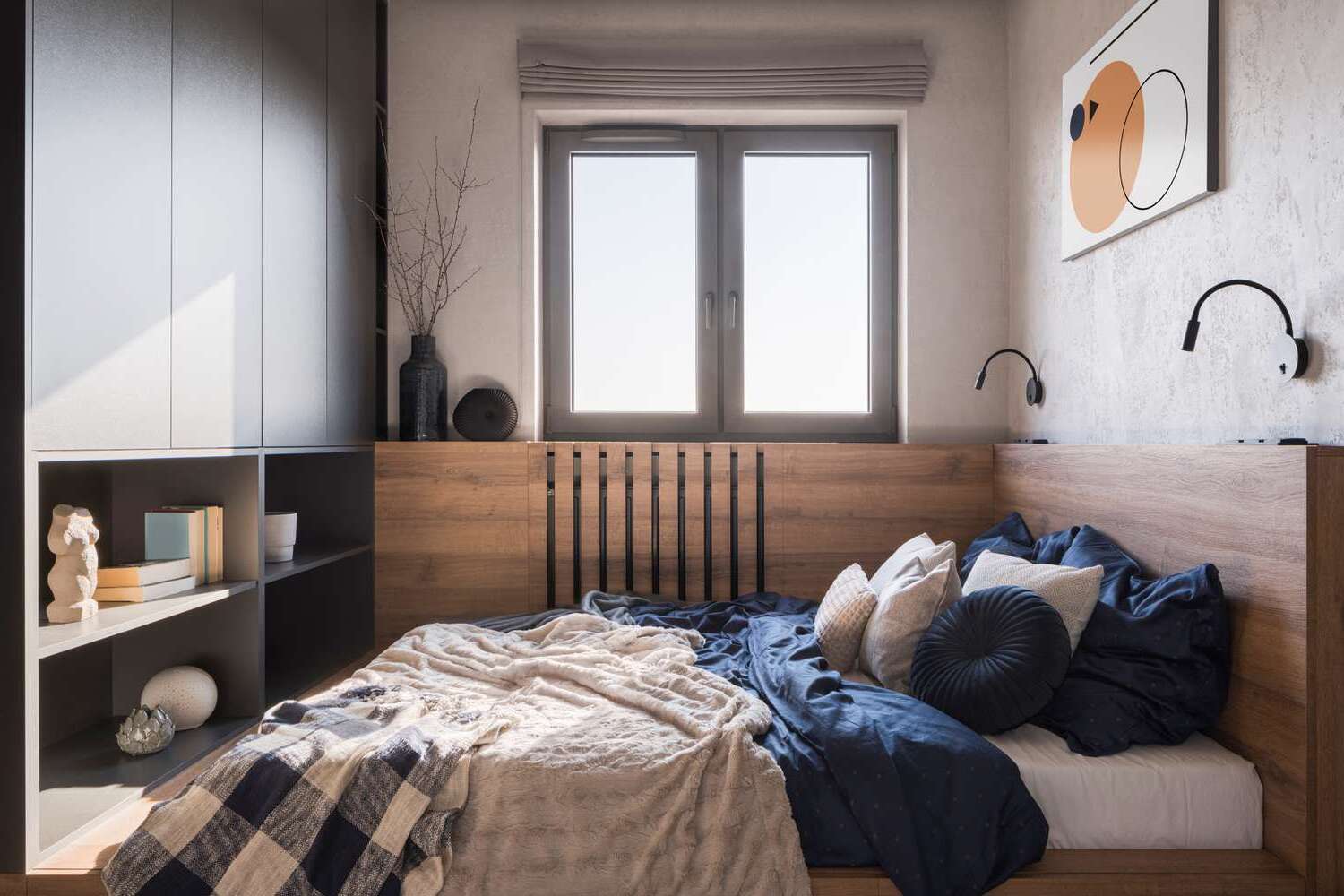

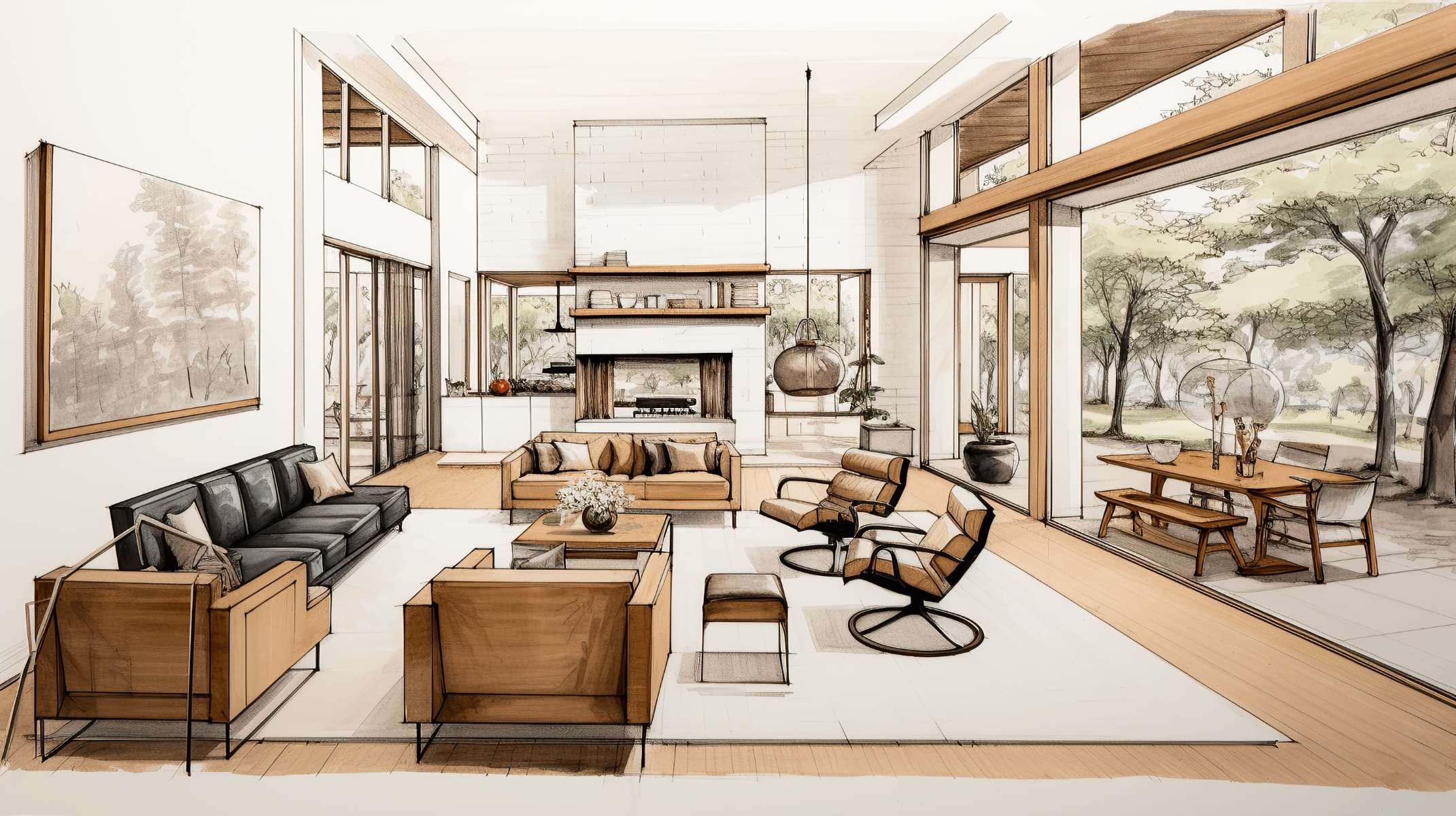
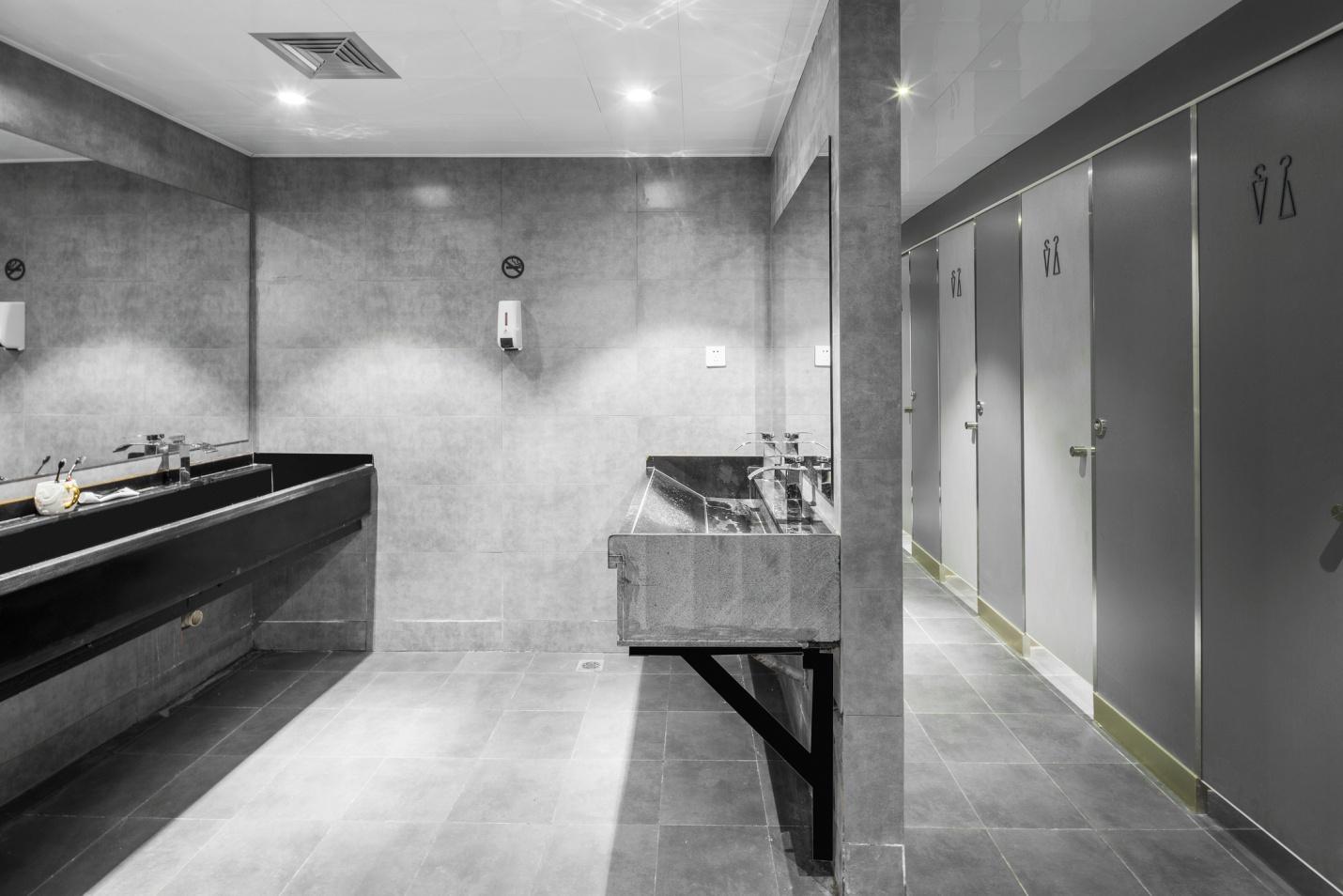
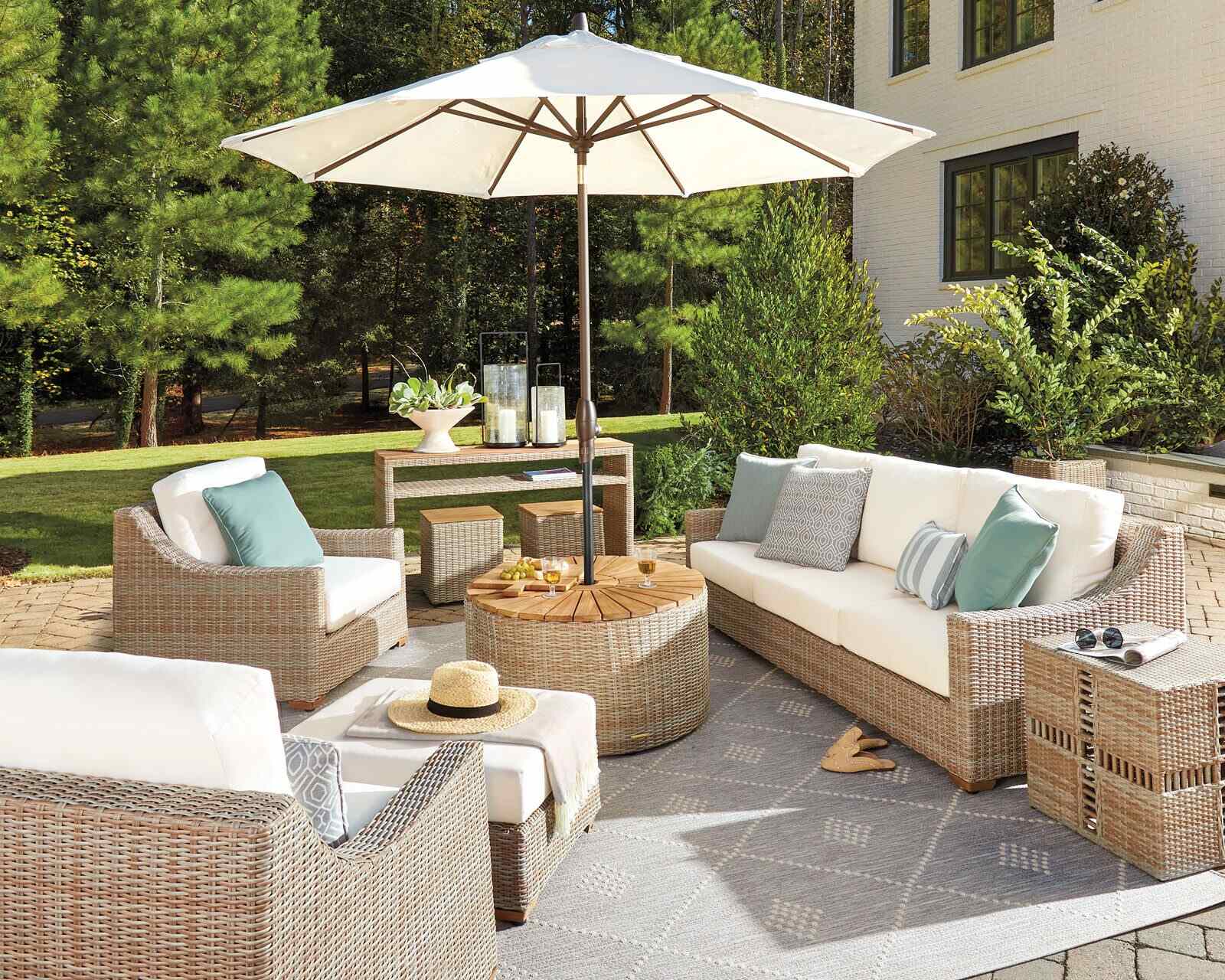
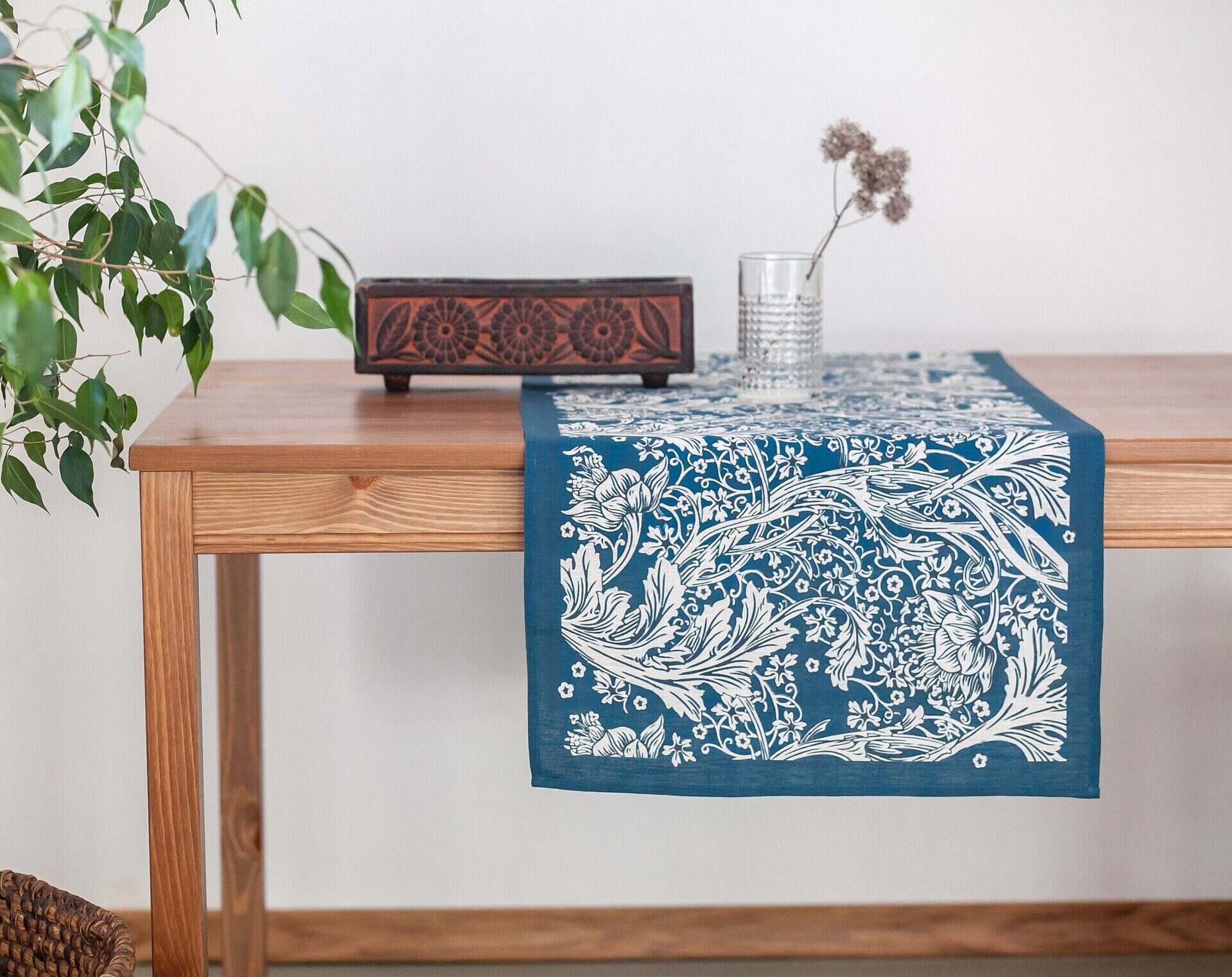
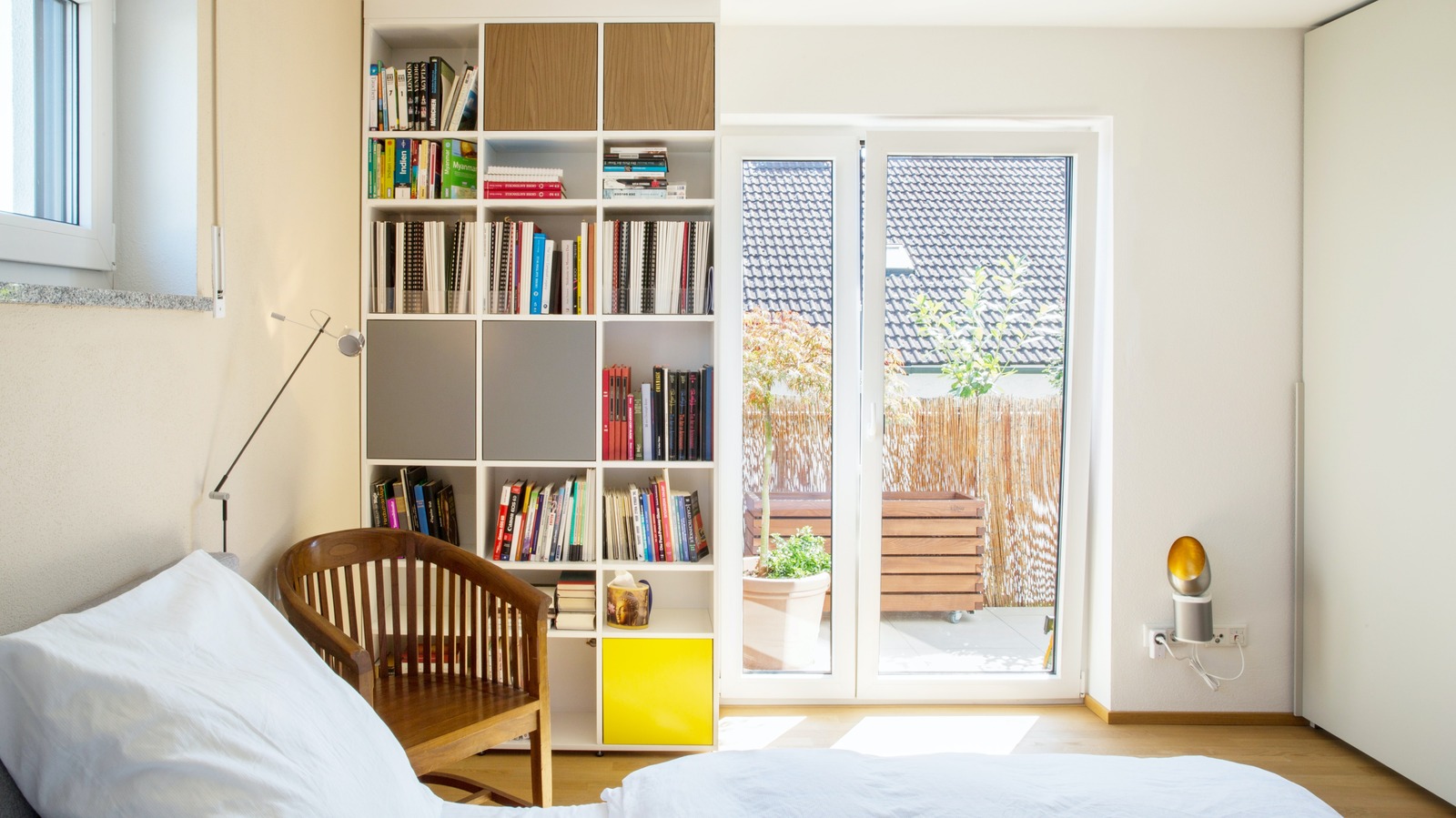
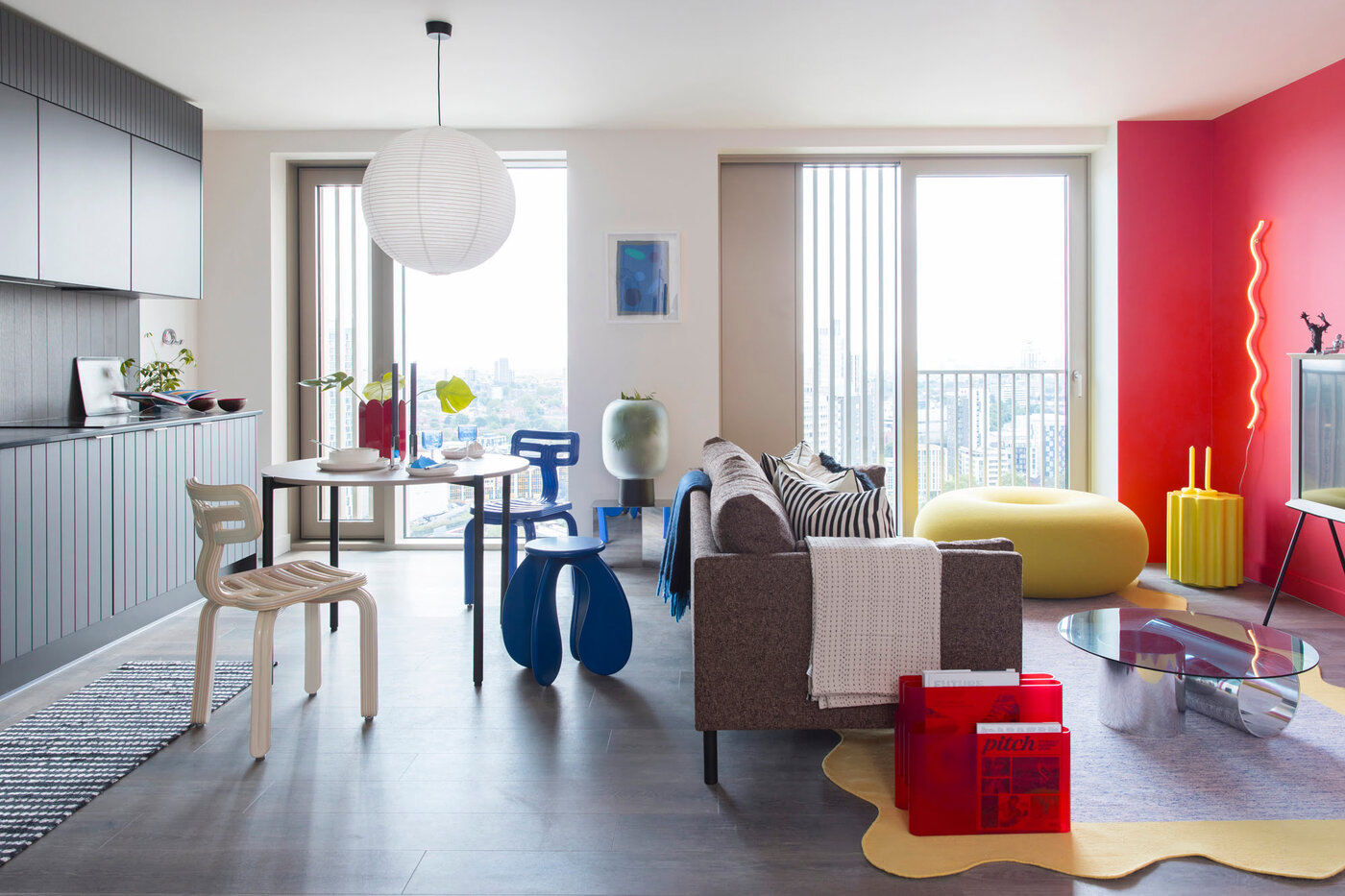
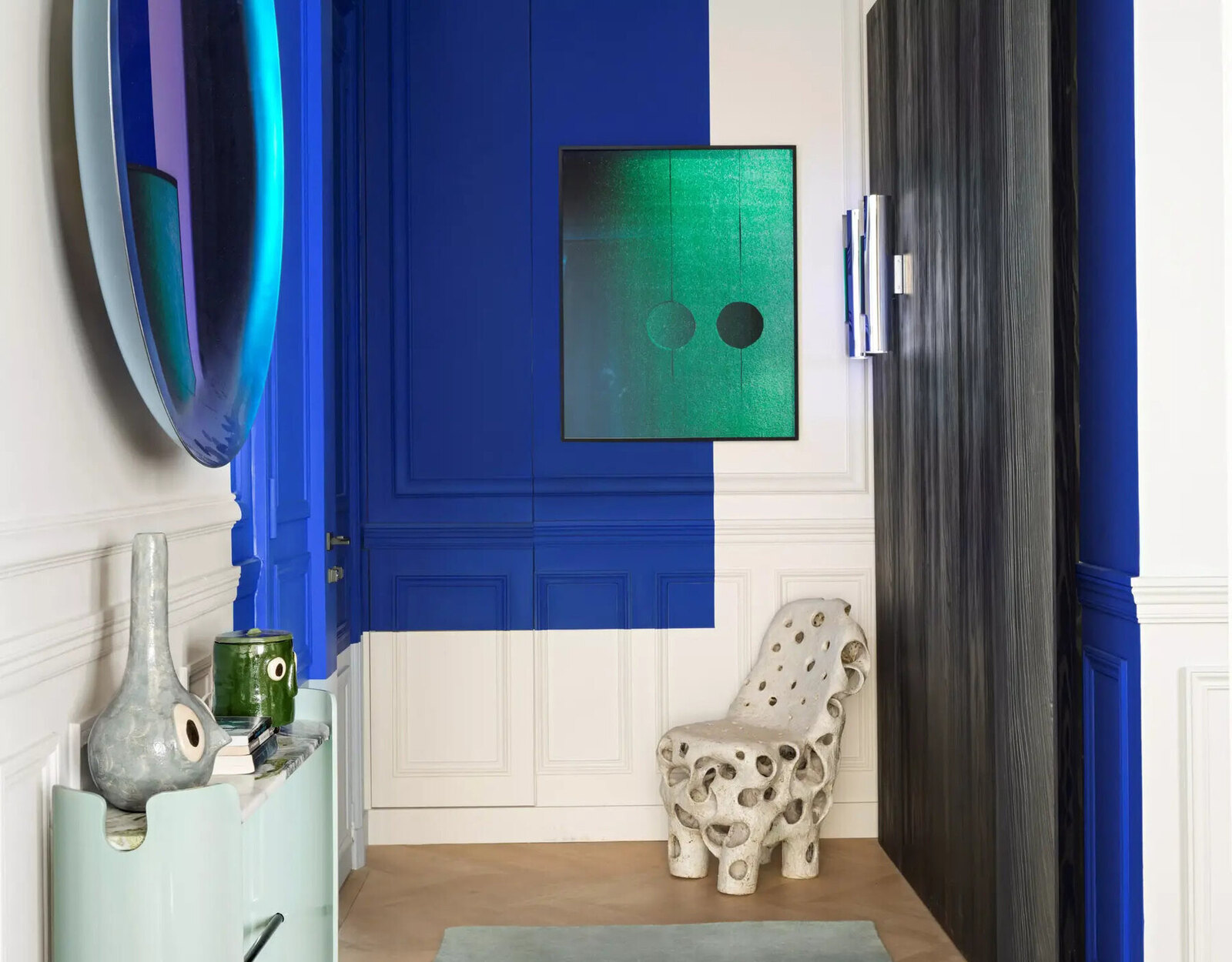
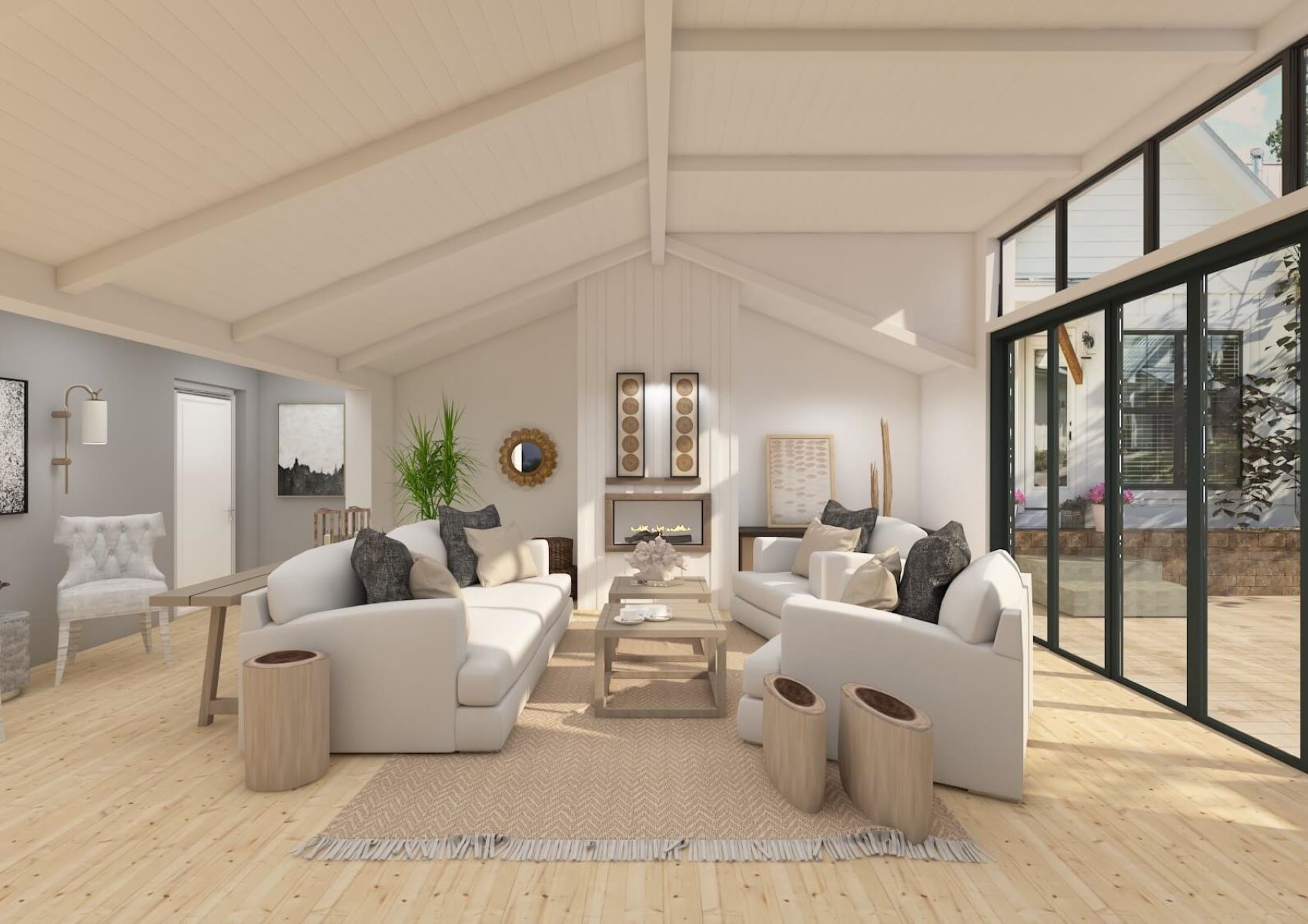
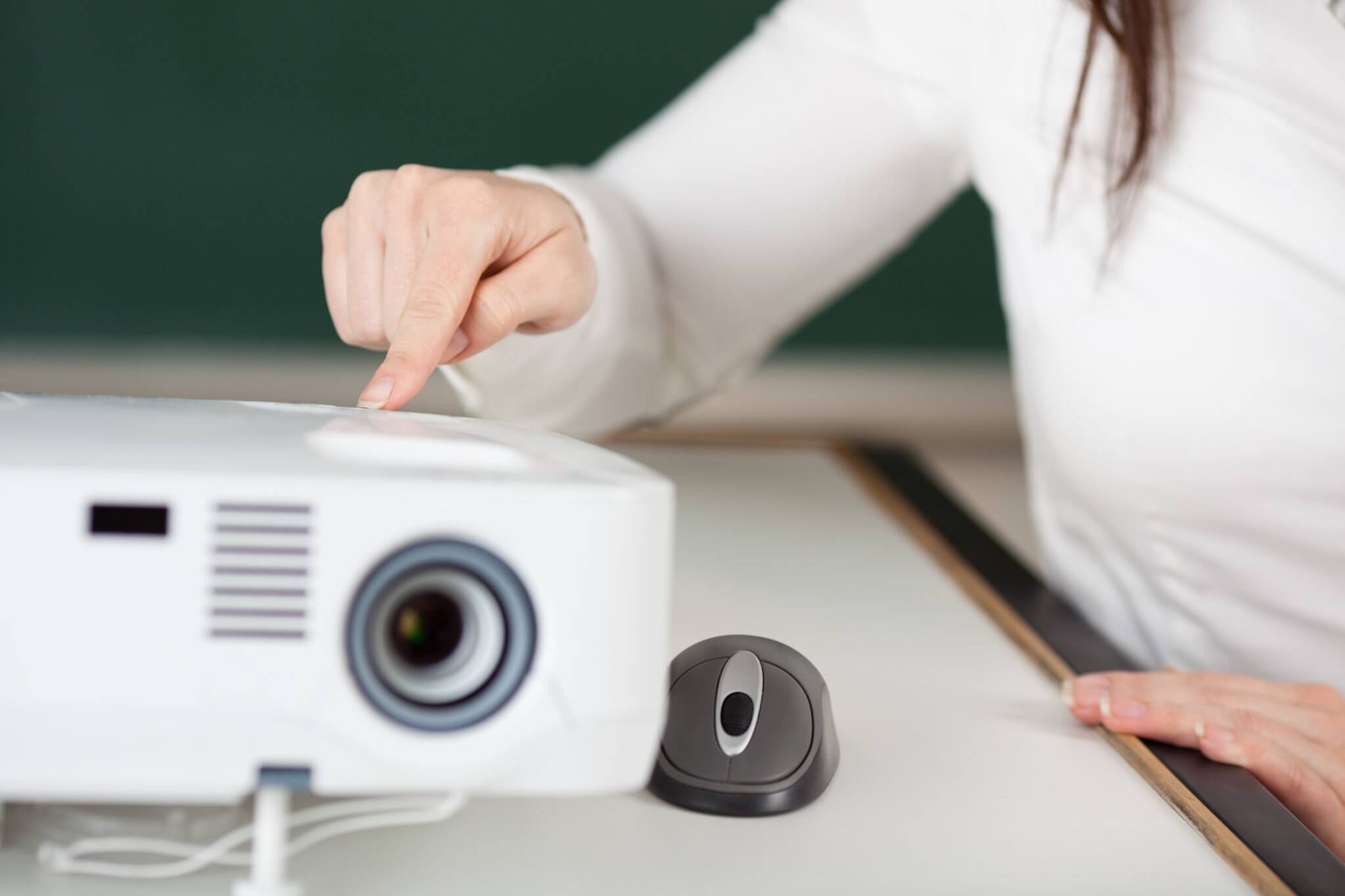
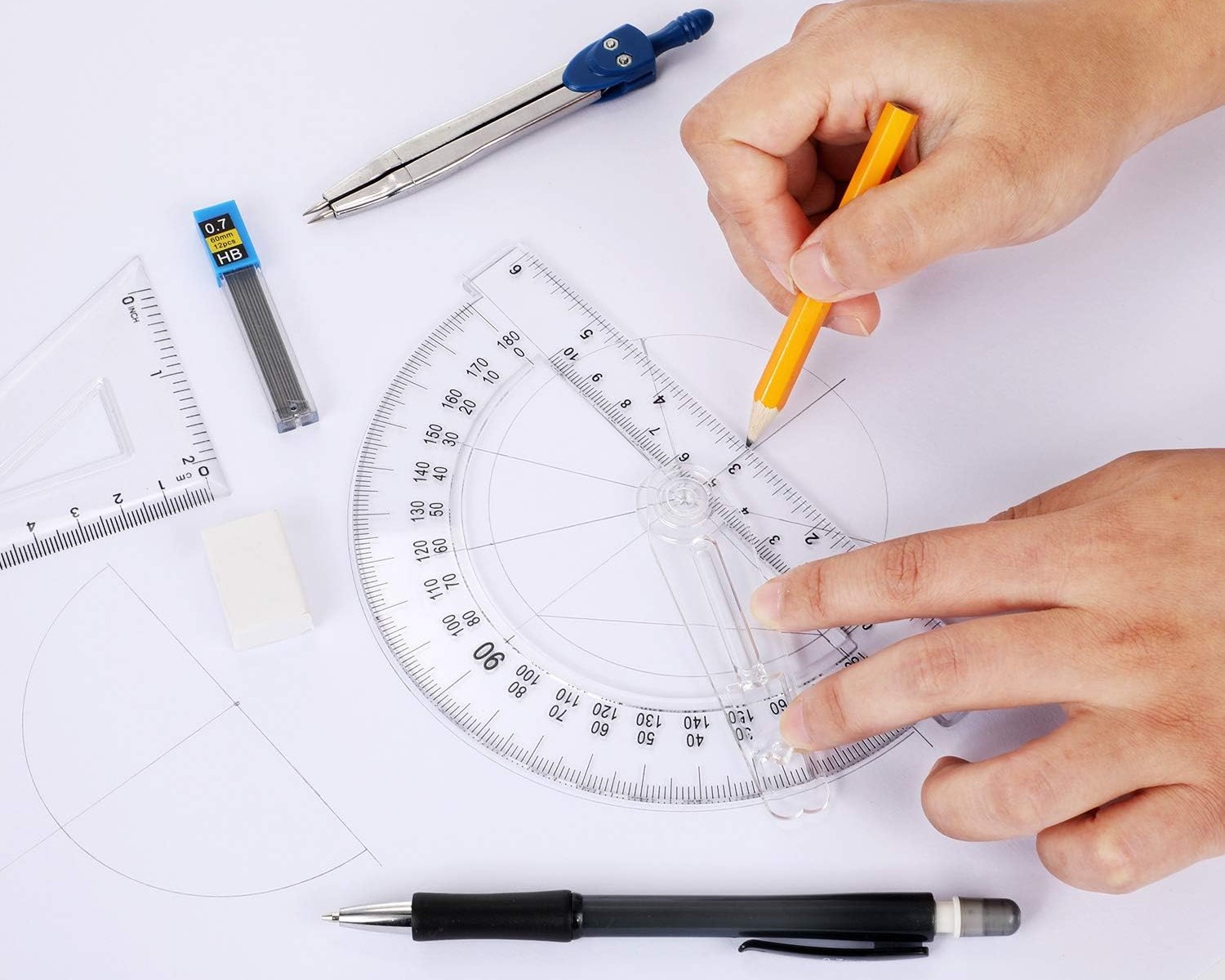


0 thoughts on “How Do You Style A Small House? 11 Ploys Interior Designers Use”